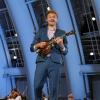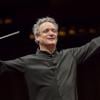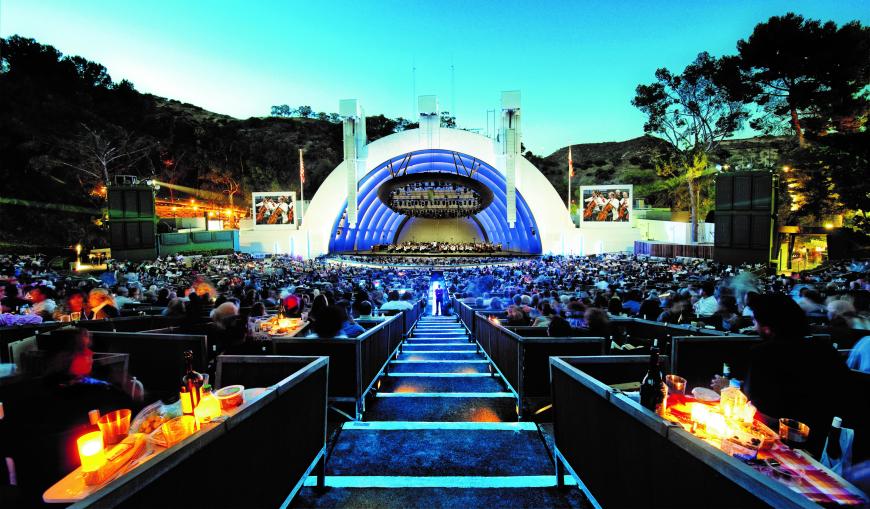
The 2023 Hollywood Bowl season is over, or at least it is for the Los Angeles Philharmonic. Although the Bowl will keep on hosting concerts until the beginning of November, the LA Phil packed up its classical series on Tuesday night, Sept. 12 — and following a gig accompanying multi-styled singer/pianist Jacob Collier the next evening, the Phil now has three weeks off before heading back indoors.
Let it be said that the Bowl experience is altogether more enjoyable these days than it was some decades ago. The current shell is eons better in acoustics and looks than the decaying one it replaced in 2004. The sound system is vastly superior to its sad-sack predecessors of yore. The bright, giant video screens provide insight into the performances when the video directors get the cues right. The LA Phil itself is a much more accomplished and consistent ensemble now.
Yet it wasn’t the best of all possible Bowl worlds on this particular evening. The sound system had an off night. The textures often emerged thickly set, the strings had a sharp, edgy timbre, and the brasses sounded boomy, occasionally raucous. At times, the hardworking musicians of the Phil sounded as if they could use a break.
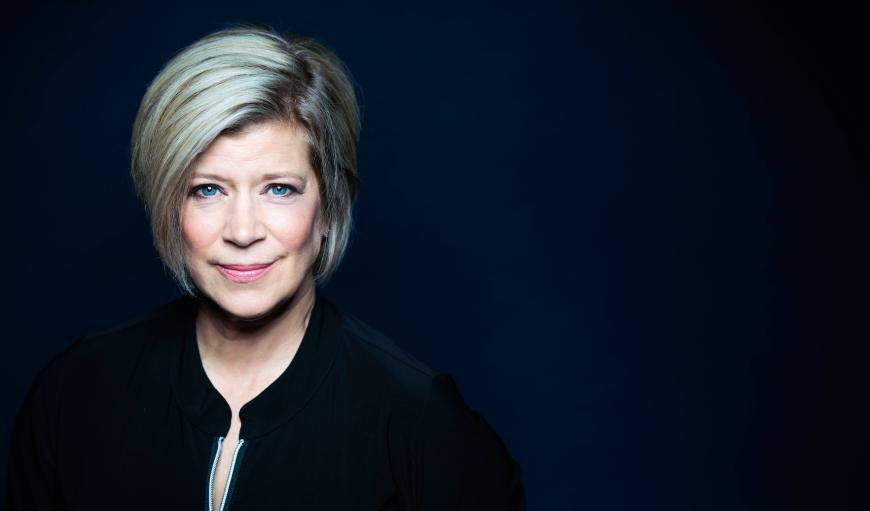
Nevertheless, the orchestra concluded the summer with one of the more interesting programs of its season — a first half with a contemporary slant via pieces by Adam Schoenberg and Philip Glass and Gustav Holst’s mystical, ever-lovable The Planets on the second. The conductor was Karen Kamensek, who has been closely associated with Glass in recent years, most notably leading the Metropolitan Opera premiere of Akhnaten in 2019. Not only that, Glass himself, now 86, showed up at the Bowl, slowly making his way onstage to receive a hero’s ovation for his Violin Concerto No. 1.
When the concerto came out in 1987, it was Glass’s first entry into the big-time symphonic world, yet it didn’t seem like much of a departure on first listen, merely a reprise of his usual collection of arpeggios, vertically inflated for orchestra and a busy soloist. Even so, it caught on as a modern repertory item for soloists who wanted to have it both ways — embracing the avant-garde while also finding a larger audience inside and outside the classical world.
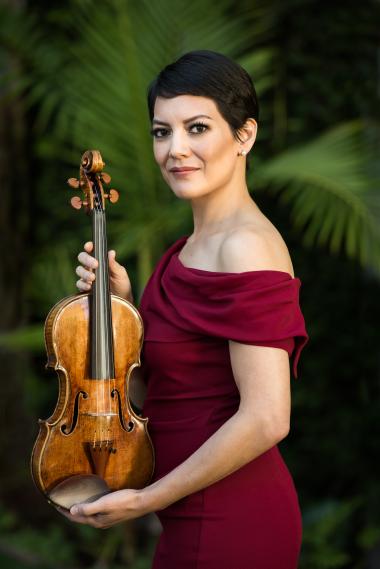
Time and repeated performances have resulted in a deepening of the concerto’s possibilities — and though it took a while, they were eventually realized in this performance. After an opening movement marred by somewhat raw, scratchy playing, violinist Anne Akiko Meyers and Kamensek burrowed into the repetitive brooding darkness of the slow movement with a relaxed hypnotic effect, making it easy to flow along with the minimalist stream. The finale managed the contradictory feat of pressing relentlessly forward while running in place, yet it worked.
Adam Schoenberg’s Cool Cat — a world premiere — refers to P-22, a mountain lion whose passing received a lot of attention on local and national television news. Indeed, the short fanfare, less than five minutes long, often galumphs along sort of like a mountain lion would. But it does so in an attractive, thoroughly tonal, and occasionally minimalist way, with mallet instruments and a set of large tom-toms clattering and pounding throughout. If the mission was to provide a brief, celebratory curtain-raiser fit for a casual Hollywood Bowl evening, Schoenberg succeeded succinctly.
In the past at the Bowl, there have been some spectacular performances of The Planets that featured visual treats like laser shows, NASA and computer-generated images, and even a couple of the real planets shining in the night sky overhead. For this one, though, there was only the music, led in swimming motions by the baton-less Kamensek.
“Mars” was taken at a deliberate pace, the better to emphasize the implied mindless brutality of war. “Venus” was straightforward with no ethereal effect, “Mercury” had the right light touch, and “Jupiter” was just plowed through with a brisk, business-like rendition of the famously noble middle section (Holst himself led it in similar fashion in recordings, so there was authenticity to the interpretation, intended or not). “Saturn” lacked some ominous weight, though Mark Robson’s organ pedals were amplified to the max, the loudest I have ever heard in live performance.
However, everything seemed to improve — the sound quality and balance, as well as the playing — as the thumping rhythm of “Uranus” took hold. The hidden Pacific Chorale emerged over the loudspeakers in stunning stereo in “Neptune” — the tempo just right, the mix a bit loud. Alas, the carefully executed choral fade at the end was spoiled by a rogue plane that crossed the skies at exactly the wrong time, wouldn’t you know it. Some things at the Bowl don’t change.


